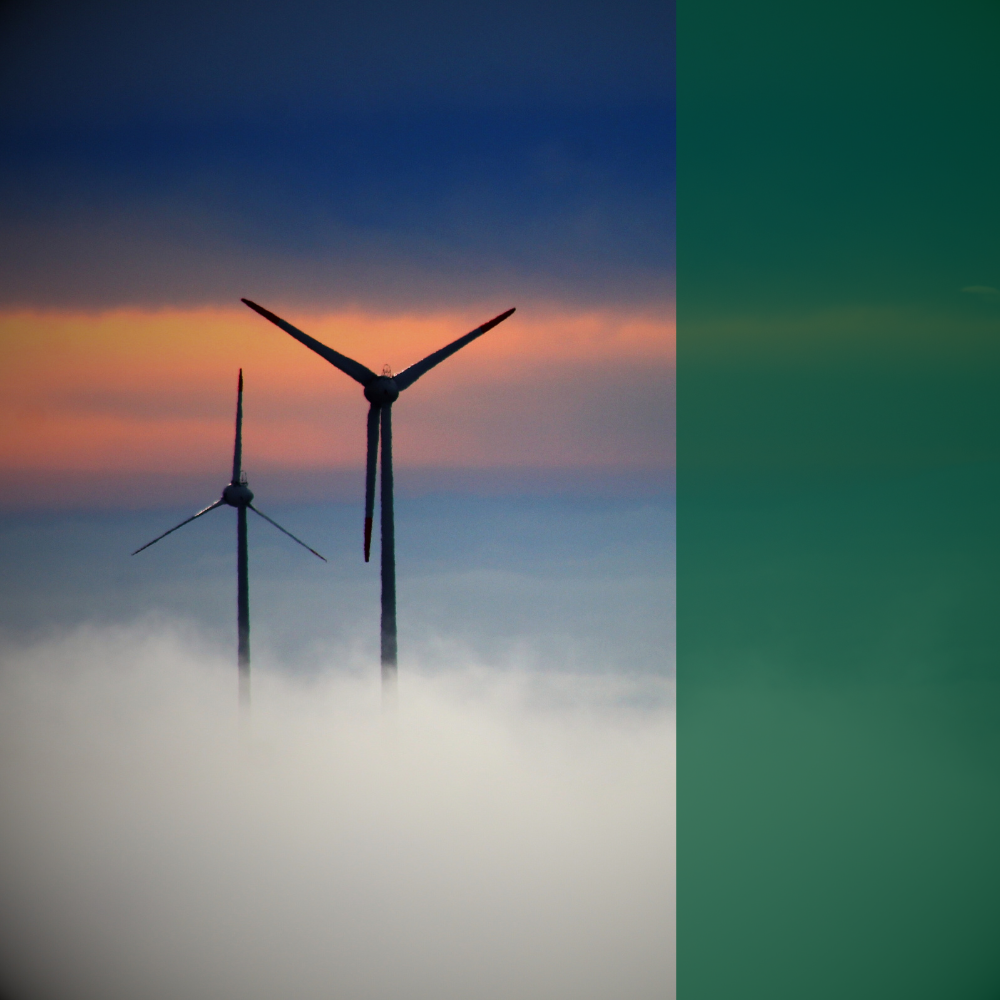Ewa Magiera, President of the Polish Photovoltaics Association, answers questions about the prospects for the development of the PV sector in Poland.

Ewa Magiera
President of the Polish Photovoltaics Association
What are currently the biggest obstacles to the development of the PV sector in Poland?
Recent years have been a period of growth for the PV sector in Poland and a very dynamic increase in new capacity. However, this has not gone hand in hand with the modernisation of electricity grids. Insufficient investment in grid infrastructure causes difficulties in connecting new installations and the need to balance capacity in the system, which increasingly leads to non-market redispatch of PV capacity.
This may discourage entrepreneurs from realising PV installations, which are the main driving force behind the energy transition in Poland. Uncertain profitability and the resulting problems in obtaining financing play a particular role here.
It is also very important to exploit the full self-balancing potential of the National Electricity System, including in particular power and cable pooling, and to support the development of energy storage – both for large-scale farms and prosumer energy.
How do you assess the potential and opportunities for the development of agrivoltaics in our country?
Agrivoltaics, the integration of agricultural production with electricity generation using photovoltaic panels in the same area, has significant development potential in Poland. We have a lot of agricultural land where Agri-PV installations could be built, and our agriculture faces the challenge of lowering its carbon footprint, electrification and ESG reporting (which will not affect agriculture directly, but will empower producers within 'green supply chains’). Estimates by the think tank Ember indicate that the domestic potential for agrivoltaic capacity could be as high as 119 GW, which would be a significant contribution to Poland’s energy transition.
The dual use of agricultural land for food and electricity production allows space to be optimised without sacrificing agricultural activity. Scientific studies and experience from installations already in operation show that solar panels that canopy crops protect against excessive sunlight, wind, hail, prevent soil erosion and improve water management, which has a direct impact on higher crop quality. Which is particularly valuable in times of increasing climate crisis and frequent droughts.
However, the full exploitation of this potential requires the introduction of appropriate legislation and financial support mechanisms to enable farmers and investors to implement such projects. Current legislation does not clearly define agrivoltaics, which may lead to unfavourable interpretations, e.g. that the main use of the land is for energy production rather than agricultural activities. There is a risk of losing direct subsidies for land used for agrivoltaics, which may discourage farmers from investing in such solutions. In order for agrivoltaics to develop, it is necessary to allow dual use of land – both for agricultural activities and power generation.
During the AgriVoltaics conference organised late last year by the Polish Photovoltaics Association and the Polish Association of AgroVoltaics, representatives of the Ministry of Climate and Environment and the Ministry of Agriculture and Rural Development announced work on regulatory changes to foster the development of the sector in Poland.
Is it worthwhile for owners of large commercial buildings to invest in PV panels, and under what conditions?
Investing in an in-house PV installation allows for a significant reduction in operating costs by producing energy for their own needs, which is particularly profitable for owners of commercial buildings such as shopping centres, warehouses or office buildings, or for manufacturing companies, which typically consume large amounts of electricity. Increasingly, panels are also covering carports. It is therefore a measure that makes it possible to both reduce the carbon footprint of products and services, but also fits in with the latest trends associated with low-carbon construction.
How does the scalability of PV investments affect their association with energy storage or other RES sources with complementary production profiles?
PV panels produce energy mainly during the day and during sunny periods, resulting in variability in energy availability. Energy storage facilities allow surplus energy to be stored and used at times when production drops (e.g. at night or when there is heavy cloud cover). Pairing PV with wind turbines (which produce energy mainly at night or in winter) enables a more even energy supply throughout the day and year, can reduce the risk of overloads and increase the stability of system operation.
With large PV installations, grid connection problems (congestion of the electricity infrastructure) are one of the main barriers. Energy storage reduces the dependence on immediate transmission of energy to the grid, making it easier to scale up investments.
How much PV capacity including agroPV do you anticipate will be installed in total by 2030?
Looking ahead to 2030, we are likely to build 35 GW of PV capacity and 2.5 GW of AgroPV capacity.


